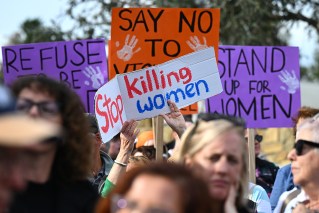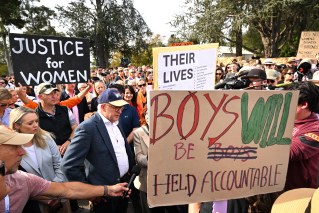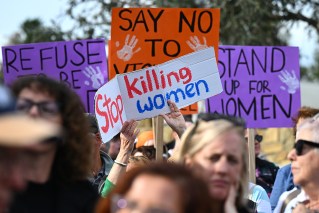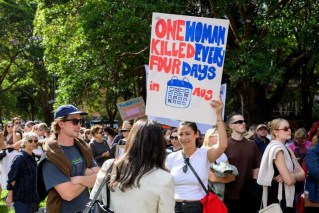The Stats Guy: COVID has cost us a million migrants. Here’s why that matters

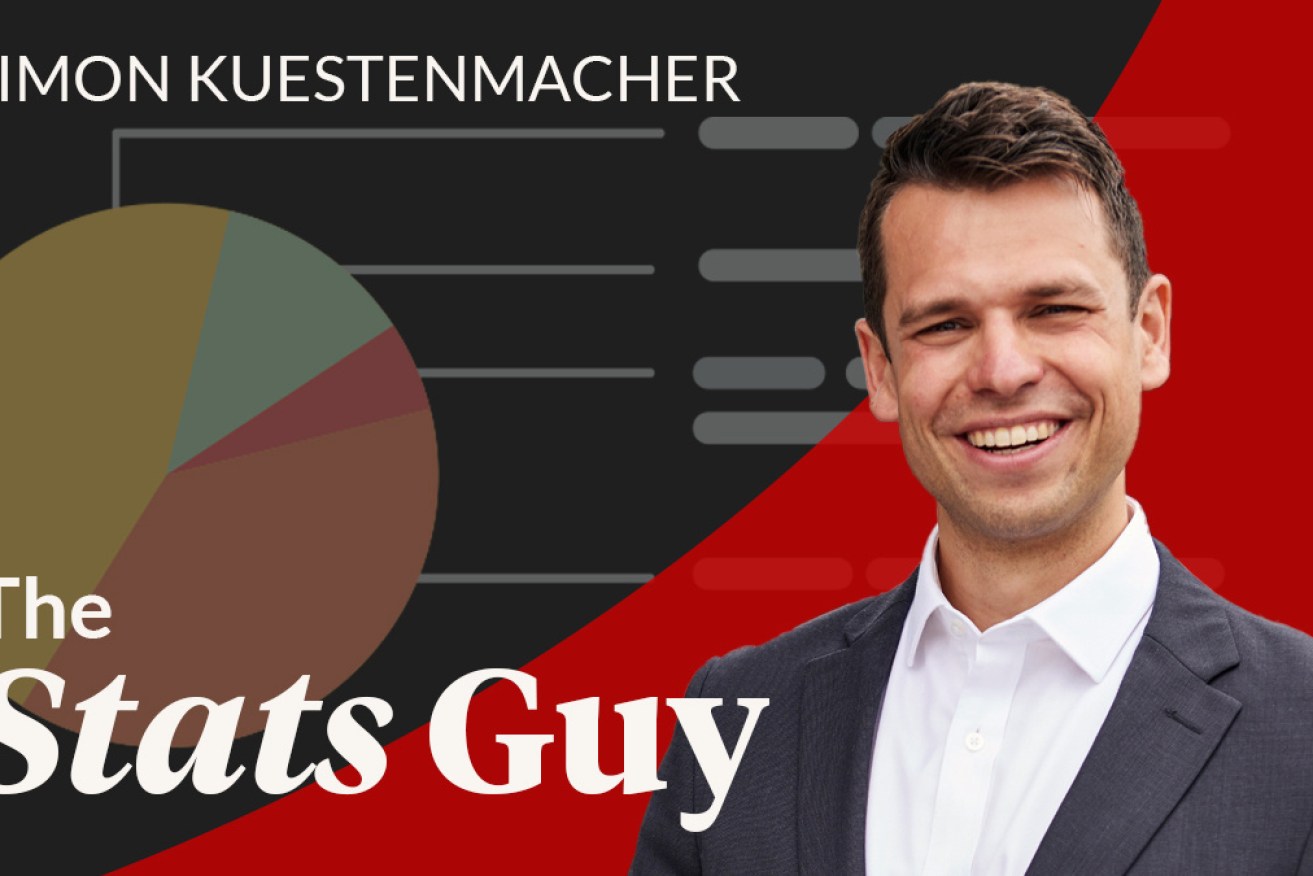
If a migrant nation goes without new migrants for two years or more, the repercussions are felt for decades. Photo: TND
So here we go again. Another day another lockdown. Half of Australia’s population is now effectively locked away.
In Victoria, we’re so used to it that we just sigh, cancel everything, turn the dining table into a classroom and return to watching those daily press conferences.
I live in Melbourne and this is my family’s lockdown routine. We have to entertain a 17-month-old baby. The lockdown entertainment options for the little fella in Victoria are, well, limited. Hope you enjoy playing in the cold rain for another week, mate.
For the parents there is no gym, no cinema and, of course, no pub. Just about the only thing that’s open is the pantry.
Desperate for something to fill in the day, I look at the top shelf. There, crammed next to the air fryer and the waffle maker, is the old 2020 breadmaker. Of course, it is. We buried the breadmaker in the graveyard of kitchen appliances. During the first lockdowns, we cocooned and learned all about sourdough. A very hygge way of spending some quiet time in lockdown.
But as we reach lockdown 5.0 in Victoria, even the best sourdough loses its appeal.
Okay, enough of that. I’m the Stats Guy, so I want to take a longer-term view. To see well beyond the present, I’m thinking about 2030. It is well and truly post-COVID (yeah!). So how will Australia have changed? First, let’s take population.
Early last year, loads of commentators predicted a sizeable post-corona baby boom. They were wrong. Historians and demographers (yes, I’m one of those) knew this was never going to happen. In times of uncertainty people always have fewer rather than more kids.
Usually, Australia adds around 200,000 net new residents through overseas migration every year. During the first year of the pandemic, we lost around 70,000 net-residents to overseas. Not nearly enough Australians returned from overseas to counteract the enormous number of international students and skilled migrants who left Australia last year.
If a migrant nation (like Australia) goes without new migrants for two years or more, the repercussions are felt for decades.
Almost 90 per cent of migrants are under the age of 40. The two biggest groups of migrants are international students, mostly aged between 18 and 25, and skilled migrants, usually between their mid-20s and late 30s. The missing migrants also indirectly contribute to the lower number of births. If you aren’t in Australia, you can’t be adding kids to the nation.
So, what does this new 2030 Australia look like?
Let’s take out the scissors and cut the existing population forecasts down to size because of the realities of COVID. The old forecast for the year 2030 were done in late 2018, long before COVID. They showed the population for every single year-of-age rising. A growth profile like that is very rare in the Western industrialised world – a dream scenario for business as a rising tide lifts all boats. Whatever your target market, the pie was expected to grow.
Post-COVID Australia will be different. Australia needs to adjust its population forecast. In 2030 Australia, some ages will have a smaller population in 2030 than they had in 2020. That means one thing – it is much tougher for businesses to thrive.
The bottom line is that by 2030 there will be a million fewer Australians than we expected just before the pandemic. That loss will be felt across Australia. Business and government must adjust – and quickly – to a country where the population isn’t growing as fast as expected.

The Australia of 2030 will have fewer children under 10 than we expected. Childcare and primary education were expected to be huge growth areas – not so much post-COVID. The huge growth projections for the teenage years remain. Universities will have to pivot because there will be fewer people in their early twenties. Post-graduate courses and management training will be the next big thing in higher education.
Demand for inner-city apartments will be soft for a few years. Typically, inner-city apartments are occupied by people in their 20s who have moved out of their parent’s home but haven’t started their own families yet. Now, there’ll be fewer of them than expected. So don’t expect demand for your apartment to increase any time soon.
That brings me to the millennials (born 1982 to 1999). Demographically speaking, they are the growth engine during the 2020s. I have a simple view of millennials. They are the biggest procrastinators to have ever walked the Australian continent. They popularised the gap year, stayed at university for yet another degree, partnered up later, bought their first home later in life and pushed our having their first child to the mid-30s.
‘The demographic jackpot’
That said, during the 2020s millennials will – like every generation before them – start families. This is the time of your life when you spend the most money. In your 40s, you have a couple of promotions at work, your income is high, you have 1.7 hungry kids and you have a big fat mortgage. That means every penny you earn goes straight out the door and flows back into the economy. White goods, car upgrades, renovations, school fees, family holidays – the list goes on forever. And, of course, families spending money is always great for business.
Australia has hit the demographic jackpot with such a large millennial generation – they outnumber every other generation in Australia by more than a million. The fact that they will finally be having kids will aid the post-pandemic economic recovery.
Gen Xers (born 1964 to 1981), while a small generation, will be in the driver’s seat in the coming decade. People in their 50s hold top leadership positions and their values will dominate corporate and government policies. Gen X will push for better work-life balance and ensure gender equality. Since very few migrants fall into the Gen X age profile, we will barely need to adjust their population size.
Over the age of 60 we don’t need to adjust population forecasts for COVID impacts either. Migrants to Australia are much younger and our national pandemic response ensured that we don’t need to adjust the death rate. The aging population will remain a huge growth sector. Now that the wealthy Baby Boomers are stepping away from work, the retirement market will be big business.
While Australia will be missing out on a million people, the post-pandemic population profile still points to a lucrative growth market. And that large millennial generation will help soften the economic downturn.
Slowed population growth will weaken our economic performance but it does have one great benefit: it gives us the time to slow down and take a deep breath. We will have the time and space to think about how to make our cities more liveable. We now stand a chance to let our infrastructure spending and housing supply catch up with the population growth of the last decade.
So, Australia, this decade isn’t the time to get out the breadmaker or that dusty air-fryer. Nope. Let them gather more dust. There’s more important work to be done. There are three things on our must do list (politicians take note): double down on infrastructure spending, invest in social housing and train the young to do the jobs of the future.
Simon Kuestenmacher is a co-founder of The Demographics Group. His columns, media commentary and public speaking focus on current socio-demographic trends and how these impact society and business across Australia. Follow Simon on Twitter or LinkedIn for daily data insights.

